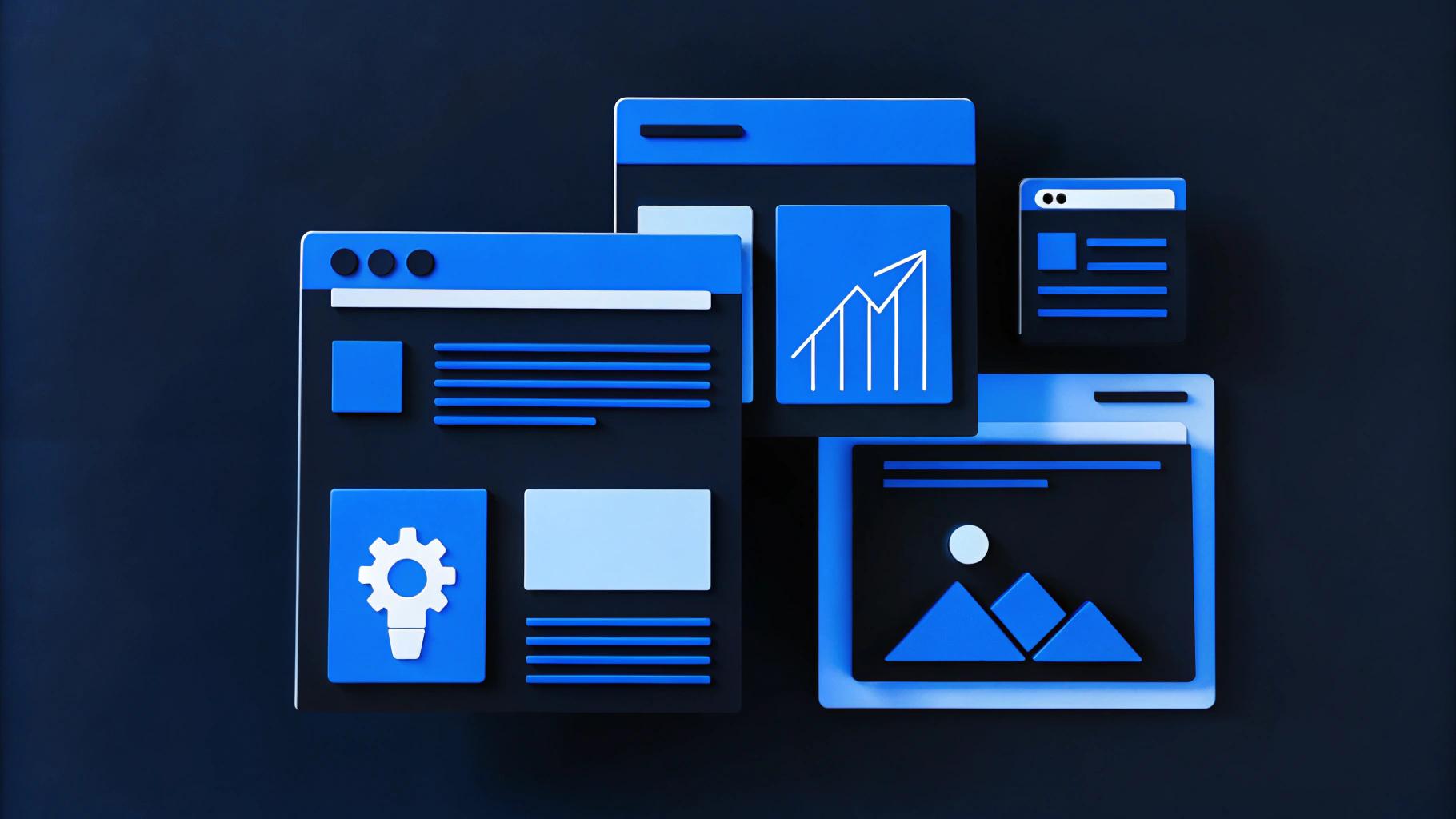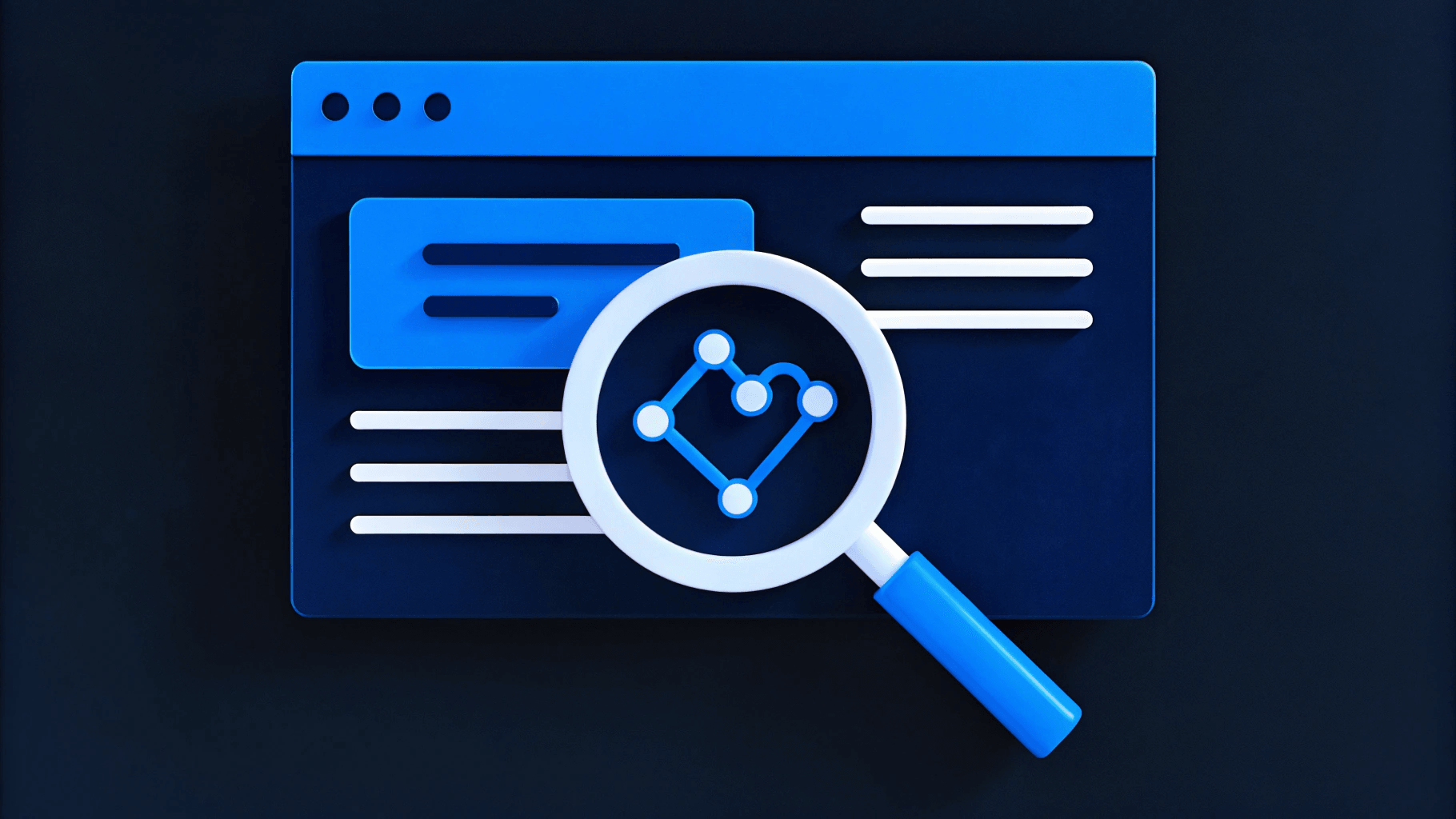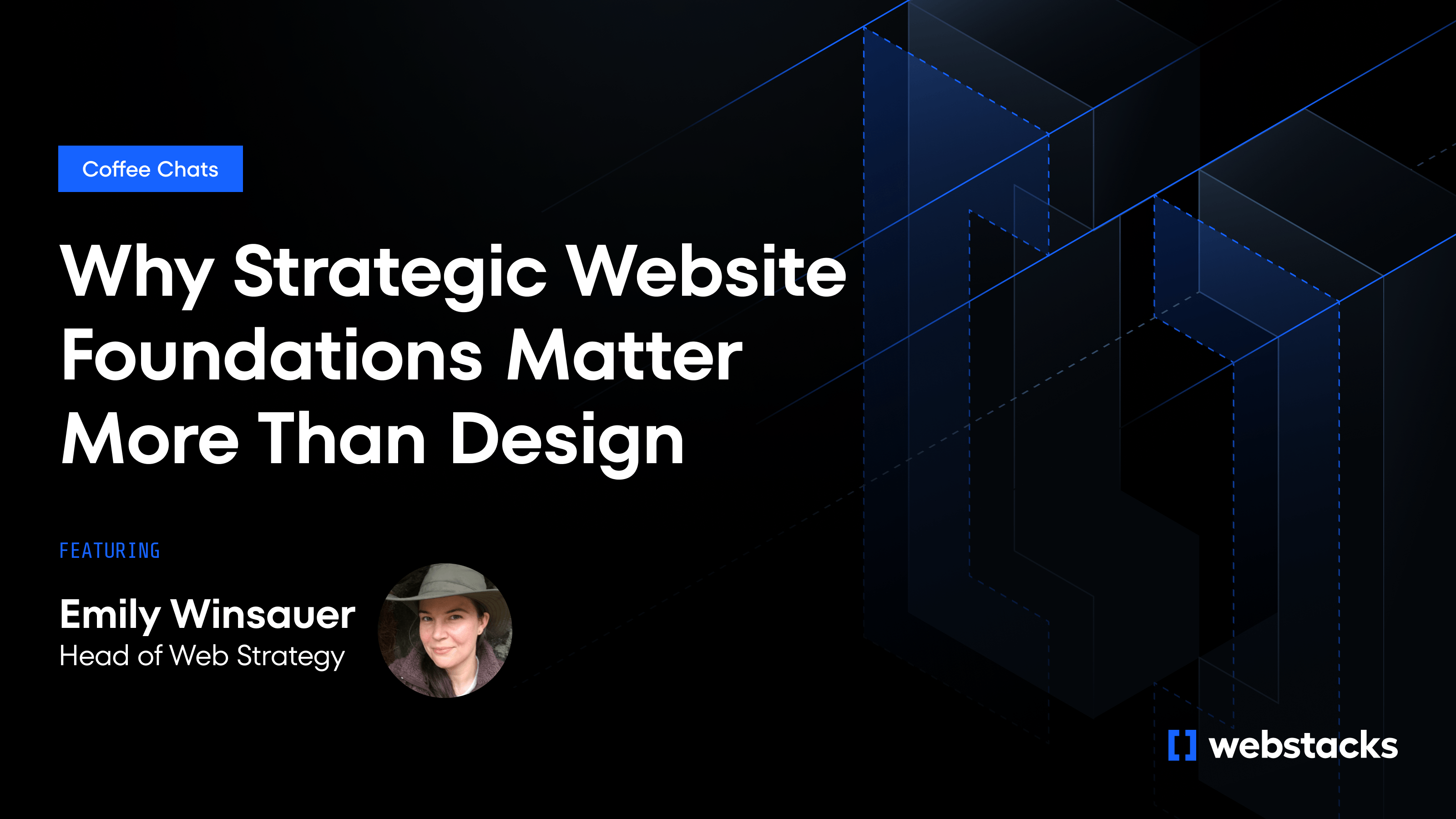A website redesign for inbound marketing requires you to create a system that supports content production, campaign launches, and SEO at scale.
Too often, redesigns focus on visuals while leaving the underlying issues untouched, such as outdated CMS tools, developer bottlenecks, and rigid templates. Without the right foundation, your marketing team will still struggle to publish content quickly or scale inbound efforts.
For B2B marketing leaders tasked with driving growth through content and campaigns, these roadblocks slow everything down.
In this guide, we’ll explore how to approach a website redesign for inbound marketing. We’ll focus on the infrastructure, workflows, and real-world strategies that help marketing teams move faster and grow smarter.

TLDR: How to Redesign a Website for Inbound Growth and Agility
A successful website redesign for inbound marketing builds a system that supports fast content creation and SEO performance.
Here’s what that looks like in practice:
- Prioritize modular design: Break your site into reusable components (like CTAs, testimonial blocks, or pricing tables). This allows your marketing team to build new pages without developer suppor.
- Start with a minimum viable product: Focus your initial redesign on core pages and immediate marketing goals. This avoids long timelines and helps you launch faster, then iterate based on data.
- Choose the right CMS for growth: If your current CMS limits flexibility, a redesign is the right time to consider replatforming. Headless CMS platforms like Contentful or Sanity offer more control over content structure and publishing workflows.
- Plan for continuous iteration: Your website should evolve alongside your product, campaigns, and audience needs. Use analytics and user feedback to guide ongoing updates, rather than waiting for the next big redesign.
As a web design agency, Webstacks has helped B2B teams adopt these strategies to create websites that support inbound growth. Circle, for example, increased product demos by 500% after partnering with us for a redesign.
1. Start With The Infrastructure
When marketers think about inbound strategy, infrastructure isn’t always top of mind. But under the hood, your website’s architecture impacts all processes.
Modern inbound marketing demands more than a pretty frontend. You need a backend that can:
- Support fast, independent publishing for non-technical users
- Adapt to evolving SEO strategies and content models
- Deliver high performance scores that impact search rankings and user experience
For our clients, we typically recommend headless CMS platforms like Sanity, Storyblok, and Contentful, combined with Next.js and composable architecture hosted on platforms like Vercel. These technologies unlock:
- Faster page loads and improved Core Web Vitals
- Decoupled front- and back-end for flexible development
- Structured content models that scale across pages, personas, and languages
We also design every site using atomic design principles, which means you get a reusable system of components, not fragile templates. That makes it easier for marketers to create new pages for blog posts, ebooks, webinars, and product launches.
2. Define Your Buyer Personas and Content Strategy
A website redesign for inbound marketing should start with a deep understanding of who you’re trying to reach and what they need from your site. Without this foundation, even the best website won’t drive meaningful engagement or conversions.
Before you touch design or content, identify the key personas visiting your site. These could be:
- Decision-makers (e.g., CMOs, CTOs)
- Influencers (e.g., marketing managers, developers)
- End-users or customers
For each persona, outline their:
- Pain points
- GoalsQuestions they’re trying to answer
- Preferred content formats (e.g., blog posts, case studies, guides)
Once you know your audience, build a content strategy that supports them at every stage:
- Awareness – Educational blogs, industry insights, checklists
- Consideration – Case studies, webinars, product comparisons
- Decision – Demos, pricing pages, customer testimonials
Your website should make it easy for each persona to find relevant content based on where they are in their journey.
3. Build Modular, Reusable Design Components
Inbound marketing relies on speed and flexibility. Your website should allow your marketing team to do their job without waiting on developers. To make that possible, your redesign should focus on creating modular design components.
Modular components are reusable building blocks such as:
- Hero sections
- CTAs
- Testimonials
- Pricing tables
- Resource cards
- Form blocks
Instead of relying on templates, your team can mix and match these components to build new landing pages or campaigns.

4. Consider SEO and Site Performance
No matter how great your content or design is, a website that loads slowly or ranks poorly in search engines will undercut your inbound marketing efforts. That’s why performance and SEO need to be baked into your redesign from the start.
Site speed is a good place to start. Compress your images, reduce unnecessary code, and use a content delivery network (CDN). Google’s Core Web Vitals make performance a ranking factor, so fast load times directly impact both user experience and SEO.
On the SEO side, focus on making your site easy for search engines to crawl and understand. Conduct keyword research and weave relevant terms into your page titles, meta descriptions, and on-page content. Structure each page with clear headings (H1s, H2s) and ensure images include descriptive alt text.
Don’t overlook technical SEO. Implement schema markup to improve your search presence with rich snippets like FAQs or product reviews, and make sure any old URLs redirect properly to avoid broken links after the redesign.
5. Focus on Conversion Paths
A website built for inbound marketing guides them toward taking action.
Whether that’s downloading a resource, signing up for a demo, or contacting your sales team, your conversion paths need to be intentional and easy to follow.
Map out the key actions you want visitors to take on each page. Every page should have a clear CTA and they should be placed strategically throughout the site to support different stages of the buyer’s journey.
For lead generation, create dedicated landing pages that remove distractions and focus solely on driving conversions.
These pages should have concise messaging, a clear value proposition, and forms that only ask for essential information.
The easier it is for visitors to complete an action, the higher your conversion rates.
Don’t forget to design thank-you pages that confirm the action and guide visitors to their next step.
6. Make Mobile Work for B2B Buyers and Decision-Makers
In B2B, it’s tempting to think most website visitors browse on desktop.
But decision-makers and buying committees often research solutions on mobile devices during commutes or after hours. Your inbound website needs to support these moments.
A strong mobile experience makes key pages (like case studies, product details, and demo requests) easy to access and navigate on smaller screens. Simplify layouts, keep text readable, and avoid overwhelming visitors with too much information at once.
CTAs like request a demo or download a resource should remain easy to find and interact with, without forcing users to scroll endlessly.
Mobile users want quick answers and fast-loading content that gets to the point.
Accessibility also matters. B2B websites serve diverse audiences, including those who use screen readers or keyboard navigation. Adopting accessible design standards, like clear headings, high color contrast, and descriptive alt text for images, helps expand your reach and removes barriers to engagement.
7. Connect Website Performance to Pipeline Impact
B2B brands need to tie website performance directly to pipeline and revenue.
After a redesign, go beyond surface-level KPIs and focus on how your site supports lead quality, sales velocity, and deal size.
Instead of only tracking form fills, ask:
- Are the leads generated aligning with your ICP?How many of those leads move from MQL to SQL?
- What content or pages influence deals that close faster or at higher value?
Tools like HubSpot and Google Analytics 4 can help you map content engagement to sales outcomes. This gives you clearer insights into which content formats, topics, or conversion paths work with your audience.
Ready for a Redesign That Fuels Inbound?
Your website should be your most powerful inbound marketing asset.
Whether you’re scaling fast, expanding globally, or rethinking your go-to-market motion, a strategic website redesign can unlock the performance your team needs to drive results.
At Webstacks, we specialize in redesigns that serve the needs of modern B2B marketing teams. We combine scalable design systems, headless CMS architecture, and agile workflows to help you launch faster and grow smarter.
Let’s build a site that works as hard as your team does.




